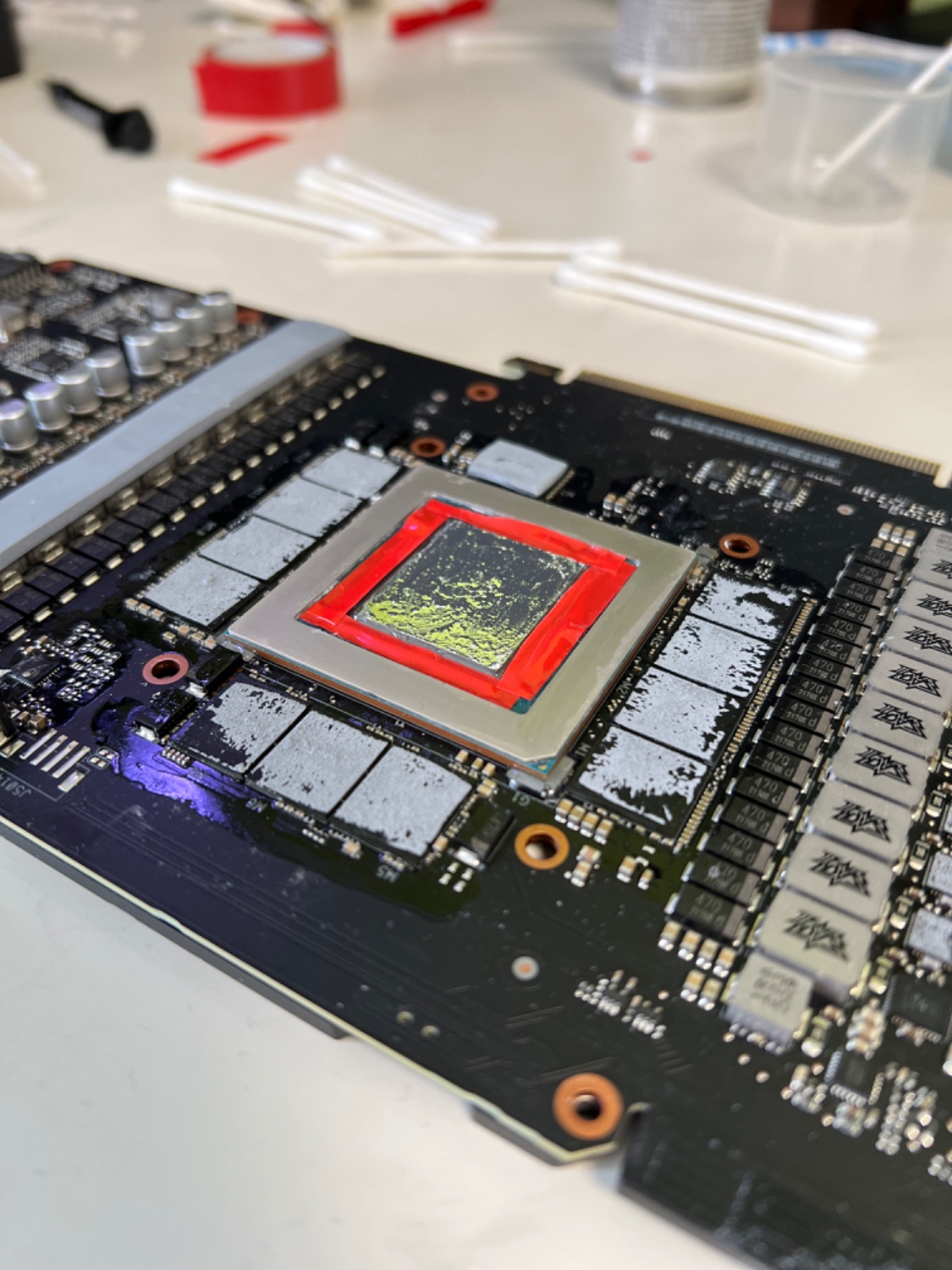Do you have a comparison of temperatures from before and after?
PC Master Race
A community for PC Master Race.
Rules:
- No bigotry: Including racism, sexism, homophobia, transphobia, or xenophobia. Code of Conduct.
- Be respectful. Everyone should feel welcome here.
- No NSFW content.
- No Ads / Spamming.
- Be thoughtful and helpful: even with ‘stupid’ questions. The world won’t be made better or worse by snarky comments schooling naive newcomers on Lemmy.
Notes:
- PCMR Community Name - Our Response and the Survey
Before: High RPM, average 89C (192,2F), low to no boost clock
After: Low fan RPM and therefore low noise, average 83C (181,4F), Boost clock with an average of about 2Ghz
A definite much needed improveme because I know the memory on 3090 has some issues with temperatures that was improved on for the 3090 Ti.
I would guess that the 5090 is going run cool given how small it will be, but with GDDR7, I'm not sure if it will bring temperatures back up.
Is there any research about how this avoids air pockets?
I'm curious how the "liquid metal" achieves 'wet' contact compared to a compound that can be applied in a way that pushes out air as it is compressed.
You are actually applying the thermal compound to the physical die. I don't know the structure on the silicon, and how they are integrating temperature management. Thermal contact consistency looks like it is super critical for this kind of package.
The only reference I found (in 5min of looking) about the die and packaging:
https://piped.video/watch?v=biEoBo8S0Zo
If anyone knows of content that goes deeper by removing the die and etching the layers with high resolution microscopy I would love to see this, or if anyone has deeper info about the "liquid metal" compound without any marketing nonsense, I'd like to see that too. I know Tech Ingredients on YT covered thermal compounds, but I don't recall anything about liquid metal.
The instructions stated to apply the LM to both the die and the cooler surface so that the two surfaces basically merge when you remount the cooler.
Temps are fine, so I assume there aren’t any air pockets
Nice! If you've done everything correctly it should also last you for quite long.
I've delided my i7 4770k and used Conductonaut in 2015/2016 and it still runs cool to this day with the OC I've set (1.4V 4.6GHz) (in friends PC, I've upgraded since).
